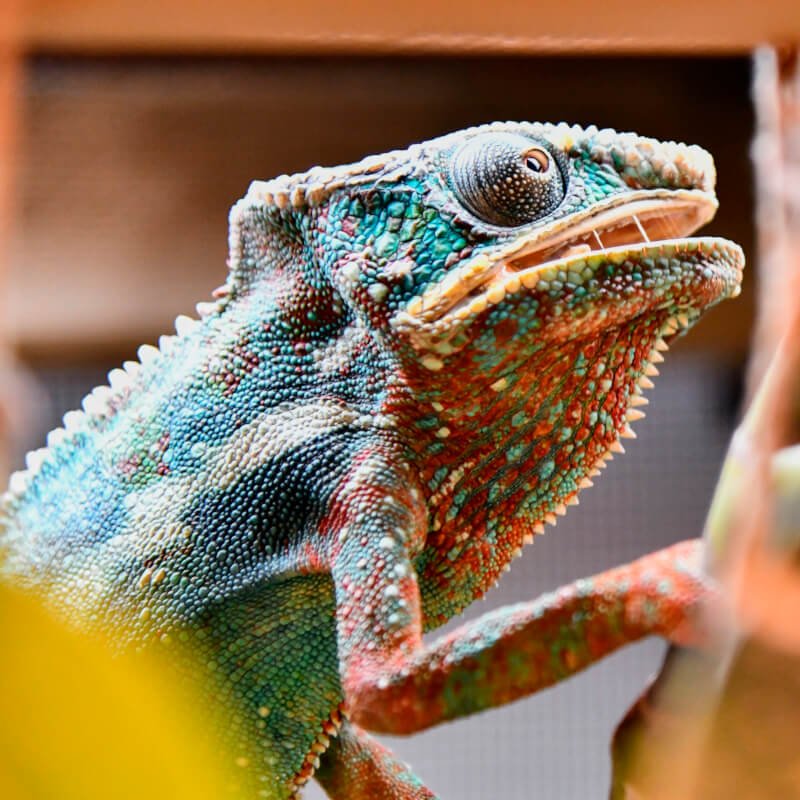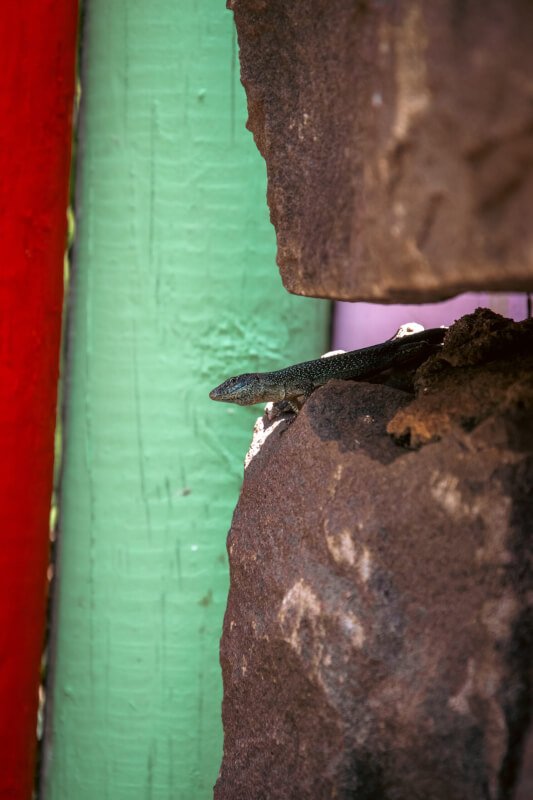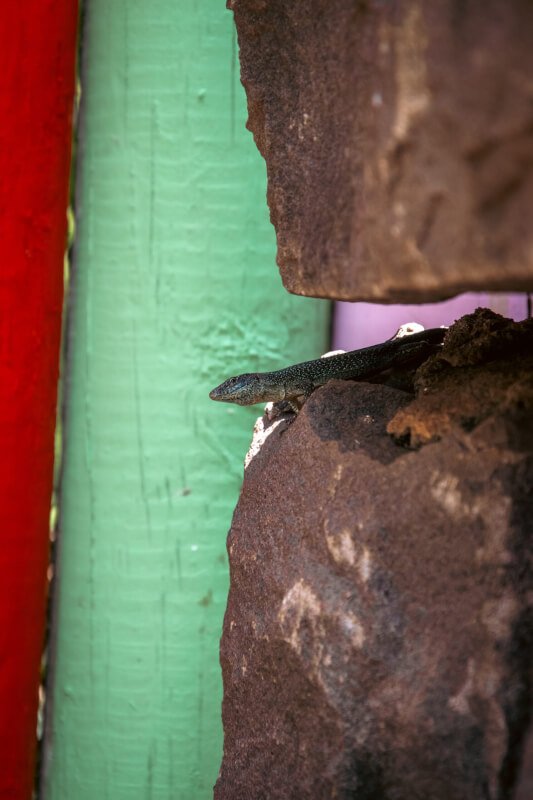Imagine stepping into a world where reptiles roam freely in their natural habitat, vibrant and untamed. A place where you can observe these majestic creatures up close, without the confines of cages and enclosures. Welcome to “Reptile Habitat Wild”, a sanctuary dedicated to preserving the beauty and wonder of reptiles in their unrestricted environment. From slithering snakes to mesmerizing chameleons, this haven is a paradise for reptile enthusiasts and nature lovers alike. Let the adventure begin as you embark on a journey to discover the breathtaking world of reptiles in all its untamed glory.
Reptile Habitat Wild

Defining Reptile Habitats
Reptile habitats refer to the natural environments where reptiles thrive and carry out essential activities such as feeding, breeding, and finding shelter. These habitats vary greatly depending on the specific needs and adaptations of different reptile species. Understanding the characteristics and components of these habitats is crucial for ensuring the survival and well-being of reptiles in the wild.
Importance of Wild Reptile Habitats
Wild reptile habitats are of immense importance for the overall health and balance of ecosystems. Reptiles play vital roles in the ecosystem as both predator and prey, contributing to the biodiversity and food chain dynamics. Additionally, the behavior and adaptation of reptiles in their natural habitats provide valuable insights for conservation research and the development of effective management strategies.
Types of Wild Reptile Habitats
Reptiles can be found in various types of habitats worldwide. Forests and woodlands provide ample vegetation and shelter for many reptile species. Grasslands and savannas are home to reptiles that thrive in open areas with abundant sunlight. Deserts and arid environments accommodate reptiles capable of withstanding extreme temperatures and scarce water sources. Wetlands and swamps support reptiles that rely on aquatic habitats. Coastal and marine areas provide habitats for reptiles adapted to life in and around the ocean.
Factors Affecting Reptile Habitats
Several factors can significantly impact the quality and availability of reptile habitats. Climate and weather patterns play a crucial role in determining the suitability of a habitat for reptiles. Vegetation and shelter availability directly influence the reptile populations that can thrive in a particular area. Water sources and their availability are vital for reptiles, especially those that rely on aquatic habitats. Human interference and urbanization pose challenges to reptile habitats by degrading and fragmenting their natural environments. Pollution and contamination have detrimental effects on reptile populations and their habitats, threatening their survival.

Characteristics of Reptile Habitats
Reptile habitats possess unique characteristics that cater to the specific needs of these cold-blooded creatures. Temperature and microclimates are crucial factors that influence reptile behavior and physiological functions. Sunlight and UV exposure are essential for thermoregulation and vitamin D synthesis. Ground cover and substrate type vary across habitats, providing suitable surfaces for basking, burrowing, or laying eggs. Reptiles rely on various structures and hiding places, such as rocks, logs, and vegetation, to seek refuge and protection. Plant life and invertebrate diversity in reptile habitats contribute to the availability of food sources and the overall health of the ecosystem.
Key Species in Wild Reptile Habitats
Reptile habitats support a diverse range of species, each playing a key role in maintaining the balance of their ecosystems. Snakes, with their unique adaptations and hunting techniques, are significant components of reptile habitats. Lizards, such as geckos, skinks, and iguanas, display a wide array of behaviors and occupy distinct niches within their habitats. Turtles and tortoises, known for their slow pace and longevity, have specific habitat requirements that must be met for their survival. Crocodilians, including alligators and crocodiles, are apex predators that shape the dynamics of their habitats. Amphibians, although not reptiles, also inhabit similar environments and contribute to the overall functioning of reptile habitats.

Hunting and Prey in Reptile Habitats
Reptiles have diverse hunting techniques, including ambush, pursuit, and constriction, depending on their morphology and prey preferences. Snakes, for instance, use venom or constriction to subdue their prey, while lizards employ quick movements and sharp claws to capture insects and small vertebrates. Reptiles exhibit specific dietary preferences, ranging from herbivory to carnivory, depending on their species. Predator-prey interactions in reptile habitats are vital for maintaining balanced populations and preventing the domination of a single species. Reptiles have developed feeding strategies and adaptations suited to their habitats, such as specialized teeth or jaw structures for efficient digestion or hunting in difficult terrains.
Seasonal Changes in Wild Reptile Habitats
Seasonal changes play a significant role in the life cycles of reptiles and their habitats. Breeding and reproduction typically occur during specific seasons, ensuring the continuation of the species. Hibernation and estivation are survival strategies employed by reptiles to cope with extreme temperature conditions or scarcity of resources during certain times of the year. Migration and seasonal movements are observed in reptile species that cover long distances to find suitable habitats or breeding grounds. Seasonal food availability is closely tied to the reproductive cycles and overall health of reptiles, influencing their population dynamics.

Conservation Challenges for Reptile Habitats
Reptile habitats face numerous conservation challenges that threaten their existence. Habitat destruction and fragmentation due to human activities, such as deforestation and agriculture, pose significant threats to reptile populations. Urbanization leads to the loss of natural habitats, leaving reptiles vulnerable to displacement and increased exposure to human disturbances. Pollution and contamination of water bodies disrupt the delicate balance of reptile ecosystems, affecting their health and reproductive success. Climate change and its associated impacts, including altered temperature and precipitation patterns, also pose challenges to reptile habitats, forcing species to adapt or face extinction.
Protecting and Preserving Wild Reptile Habitats
Efforts to protect and preserve wild reptile habitats are crucial for ensuring the long-term survival of these unique creatures. Effective conservation strategies involve the identification and designation of protected areas and reserves specifically tailored to reptile habitats. Community engagement and education play critical roles in raising awareness and promoting sustainable practices that benefit reptiles and their ecosystems. Legislation and policy measures can provide legal frameworks for habitat conservation and mitigation of human impacts. Collaboration with indigenous communities is essential to incorporating traditional knowledge and practices that have sustained reptile habitats for generations.
In conclusion, understanding and conserving wild reptile habitats are vital for the preservation of reptile species and the overall health of ecosystems. By recognizing the defining characteristics, types, and factors affecting reptile habitats, we can work towards protecting these environments and the unique species that depend on them. With proper conservation measures and collaborative efforts, we can ensure the long-term survival and well-being of reptiles in their natural habitats for generations to come.


